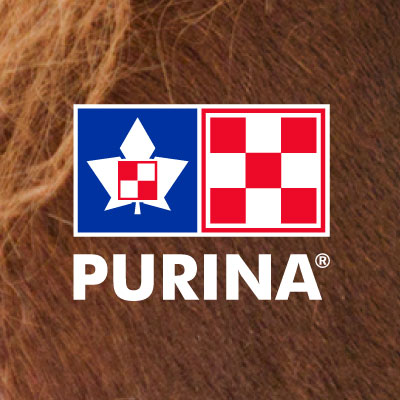What do we think of Cavalor feeds? From this link they look pretty but kind of pointless to me.
Edited to add: also extremely expensive about $70 for a 20 kg bag at a Canadian feed store
Asking because one of our local feed stores is now distributing Cavalor and Purina Canada. This is a big deal because up until now we’ve really only had two local mills supplying the market. We are the export point for much of the prairie grain production. It doesn’t make sense to import bagged feeds from across the country or internationally.
in the 1970s we bought our sweet feed COB from a feed dealer mill located right in the port close to the grain silos, I imagine they just bought train loads of grain and processed and bagged then right there.
Also any thoughts on how Purina Canada compares to Purina US? I know Purina doesn’t have a good reputation in the US.


